Welcome to the Tulsa Health Department’s history page. We invite you to explore the rich legacy of our agency, which has been dedicated to improving public health in Tulsa County for more than 75 years.
From our early beginnings in 1950 to our ongoing commitment to community well-being, this page highlights the milestones, achievements and passionate efforts that have shaped our work. Scroll below to reflect on our journey and the lasting impact we’ve had in creating a healthier, safer community for all.
Today, THD continues to serve as a cornerstone of public health in the area, offering a wide range of services from immunizations and family planning to environmental health inspections and emergency preparedness. THD remains a vital player in ensuring the health and safety of the community, always adapting to the evolving needs of the population. THD has transformed alongside the needs of Tulsa County, meeting new challenges and embracing innovation to protect and improve the health of our residents.
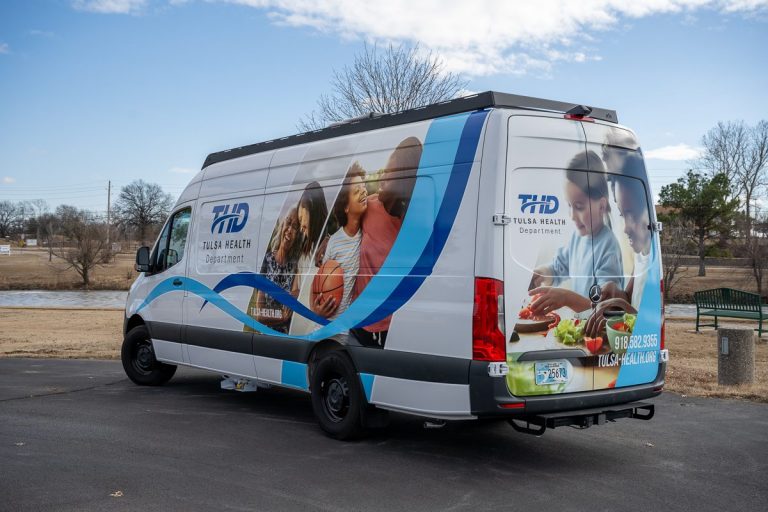

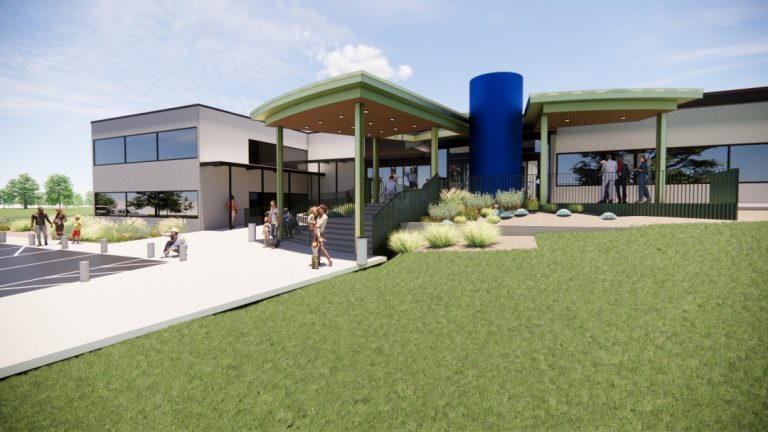
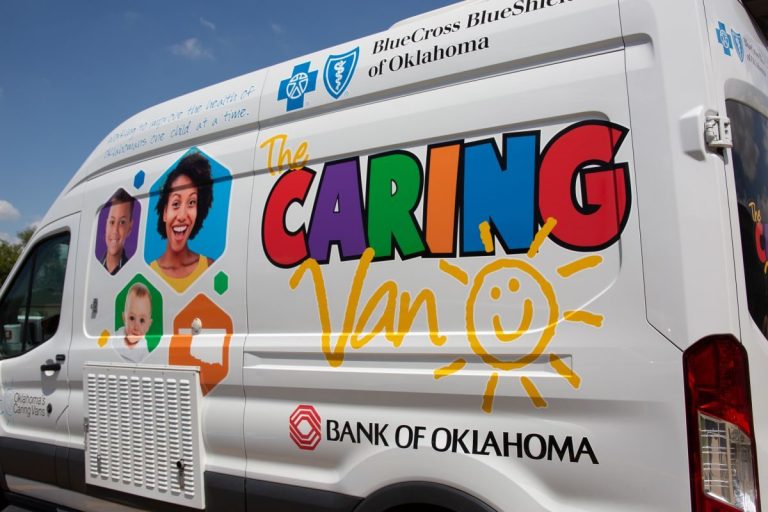
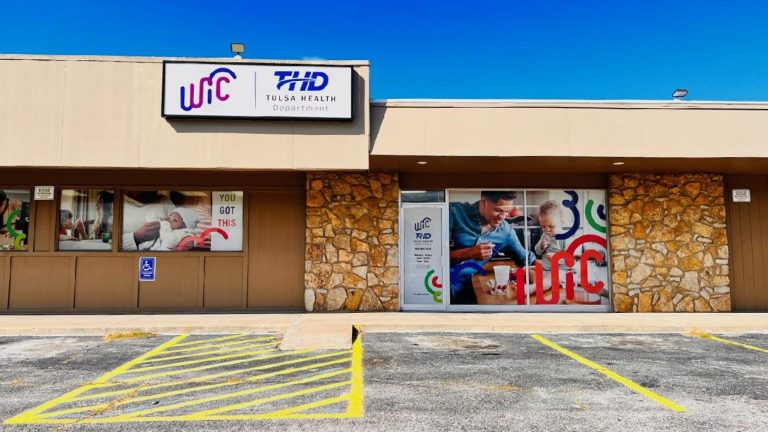


The Tulsa Health Department was the first line of response when the outbreak began after the first identified case in Oklahoma was in Tulsa County on March 6, 2020. THD worked to control the spread of the virus across the county putting into action our emergency operations and response plans. These activities included, among other things, developing mechanisms to track and report data on the virus – with the outbreak rapidly evolving, we worked to set up data dashboards on our websites to display the latest data on cases, hospitalizations and deaths.
The Emergency Preparedness and Response Program (EPRP) is a program that is responsible for maintaining plans that ensure an effective and efficient response to public health emergencies in Tulsa County. EPRP had planned for and responded to many public health infectious disease outbreaks. COVID-19 became the largest public health emergency response since the program’s inception in 2002 and the longest activation duration. The team of nine put in over 21,000 hours of work to support the COVID-19 response and were available to meet the needs of internal and external community partners seven days per week, 24 hours per day.
EPRP staff established the phone bank and served as unit leaders to ensure the public had access to accurate, timely information regarding the response. Scheduling staff to fill the operator roles, researching the rapidly changing messaging regarding COVID-19, providing just-in-time training multiple times per day to the volunteers and employees assigned to the phone bank was extremely labor intensive.
EPRP staff identified the locations and set up all the COVID-19 testing sites, which required new contracts and agreements to accommodate the logistical needs to keep the public safe during testing processes. The testing coordination also involved ensuring test kits, laboratory resources and results reporting were provided to community partners. EPRP led the development and implementation of a new platform for scheduling and results reporting in three languages. These activities were occurring seven days per week.
Between July 1, 2020 and June 30, 2021, the team stood up nine different locations, each with their own unique layout and staffing needs. The preidentified areas at the POD sites were not available for use which led the team to creating new layouts and identifying the number of staff and Oklahoma Medical Reserve Corps Volunteers (OKMRC) needed to operate the site.
The Epidemiology team is responsible for investigating reportable diseases in Tulsa County in a timely manner in order to prevent and/or minimize the transmission of illness. Throughout the COVID-19 pandemic, the epidemiology team were the lead contact tracers making countless calls to Tulsa County residents to provide accurate and up-to-date recommendations for their situations. The team had also been an asset to area schools as they navigated in-person and virtual education for their students. Although COVID-19 was a focus for the team, the team continued to respond to other reportable diseases throughout the pandemic.
THD began administering COVID-19 vaccines in December 2020 at various locations at the fairgrounds. Since that time, THD has administered more COVID-19 vaccines than any other provider in Oklahoma. THD staff continued to provide immunizations as an essential service to protect Tulsa County residents from vaccine-preventable diseases. Qualtrics was implemented in order to offer a self-scheduling portal for Immunizations (including COVID-19 and flu shot scheduling). This reduced the call volume to the phone bank and schedulers and allowed the public access to 24 hours a day scheduling.
THD has a long-standing partnership with the Oklahoma Caring Foundation, and THD nurses work to administer the vaccines provided on Caring Vans. THD utilized the Caring Vans to bring the vaccine to community groups and reduced access barriers to provide underserved groups increased access to the protection COVID-19 vaccinations provide.
The THD data team supported the weekly COVID-19 data dashboard update. This community resource is widely shared and utilized among members of the public, community partners and community stakeholders. This unique dashboard was developed in ArcGIS Online by a THD staff member to share Tulsa County COVID-19 data to the public. This dashboard hosted a total of 26 data panels and adapted to the data needs of the changing environment. The team also fulfilled numerous data requests related to COVID-19 data for community partners.
COVID-19 continued to be a large part of our agency’s focus but as the years progressed, we modified our operations to reflect how COVID-19 has evolved from pandemic to endemic status. It is no longer an emergency response, but our actions reflect the virus is no longer novel – it is here and will always be a part of our lives going forward. THD continues to track and report data on the virus and use other surveillance tools such as wastewater testing to proactively determine what pathogens are circulating in our community so our response can be proactive as opposed to reactive.
THD has responded to various health crises over the decades, including outbreaks of diseases such as H1N1 outbreak in 2009, the historic Dental Healthcare-Acquired Infection investigation in 2013, the Ebola response in 2014, the measles response in 2018 and 2025, natural disasters like the Arkansas River flooding in 2019 and tornado in 2023 and public health emergencies such as the COVID-19 pandemic. THD has collaborated with many organizations, including hospitals, schools, non-profits and government agencies, to address public health issues more effectively. By working together with local organizations and national health agencies, the department has strengthened its impact.
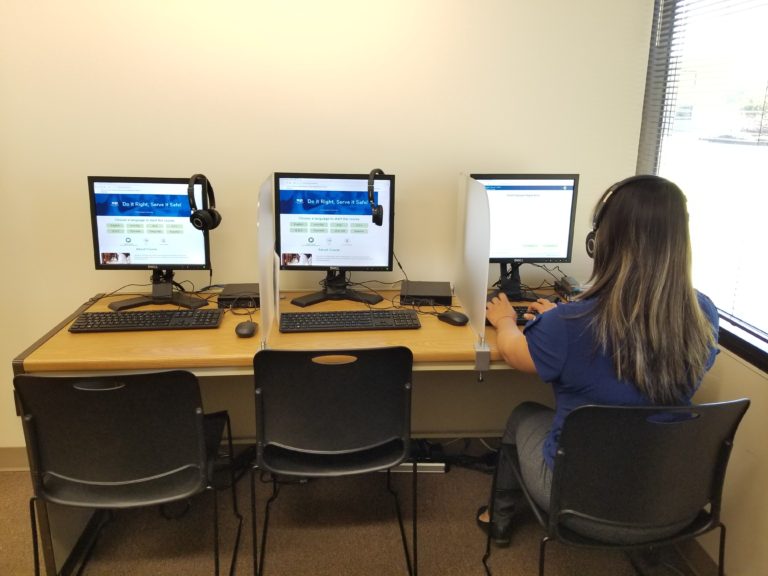
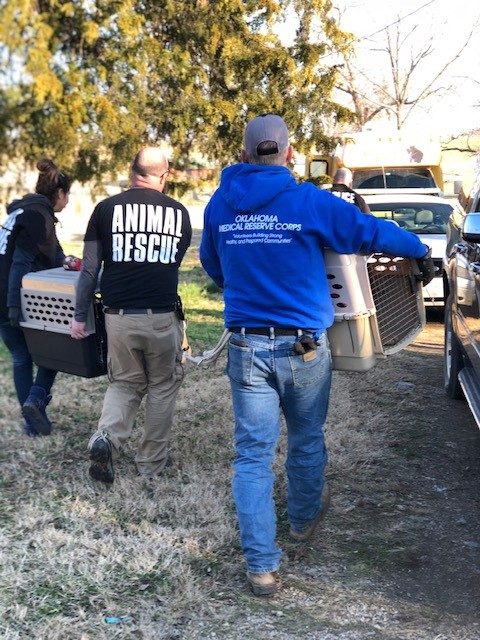
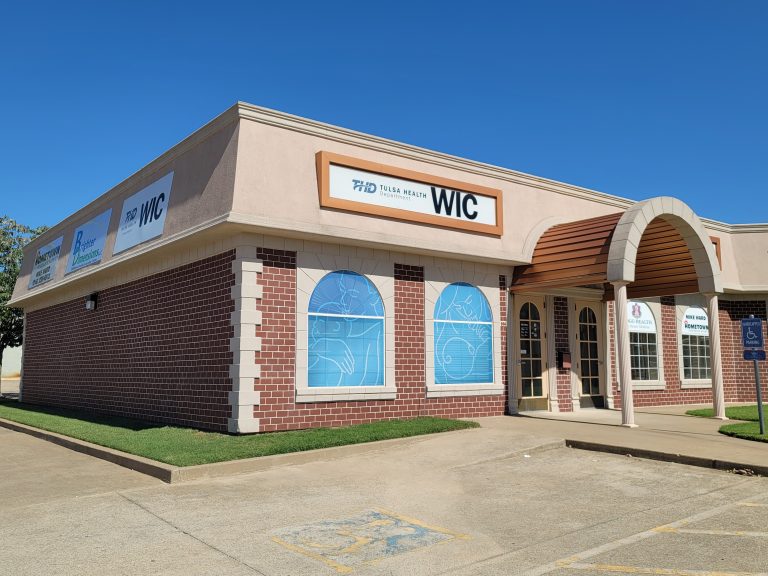
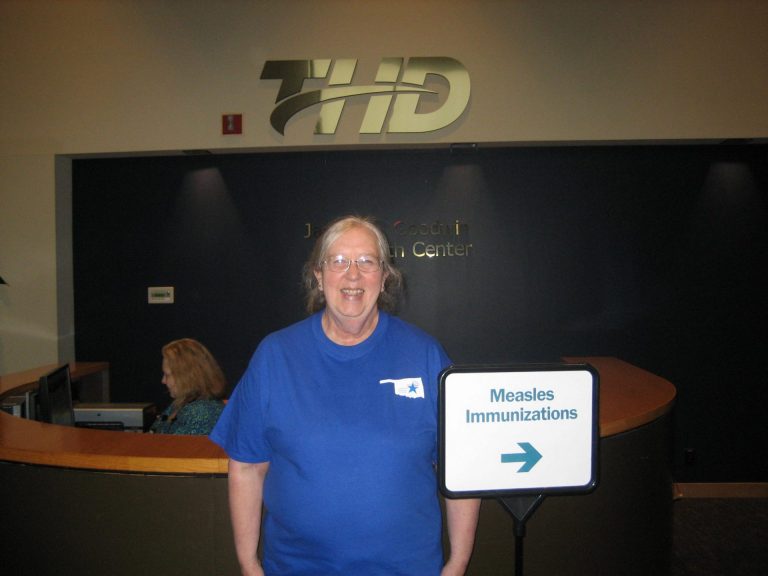
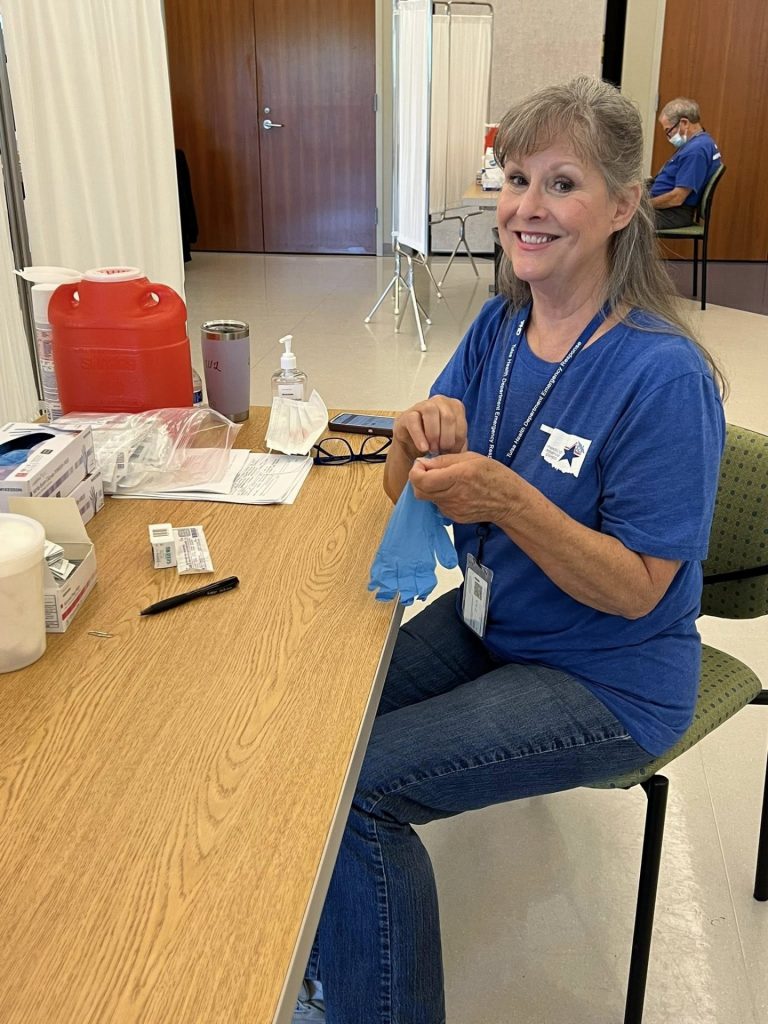

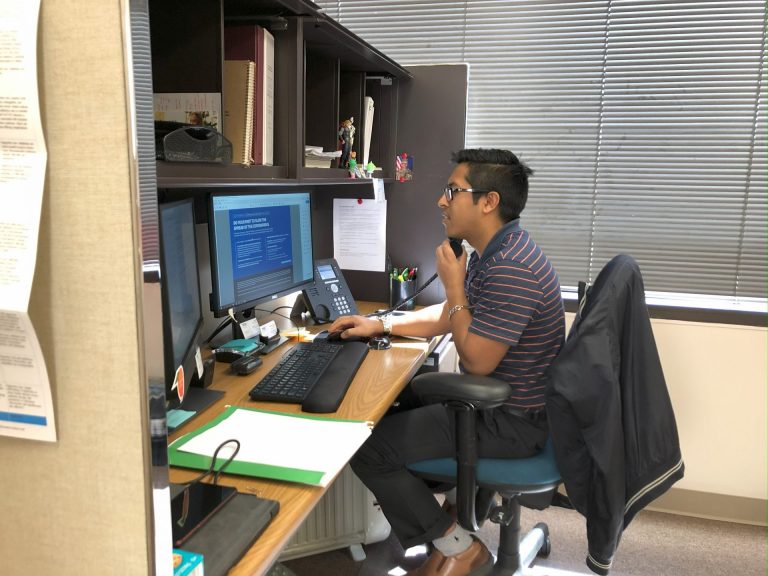

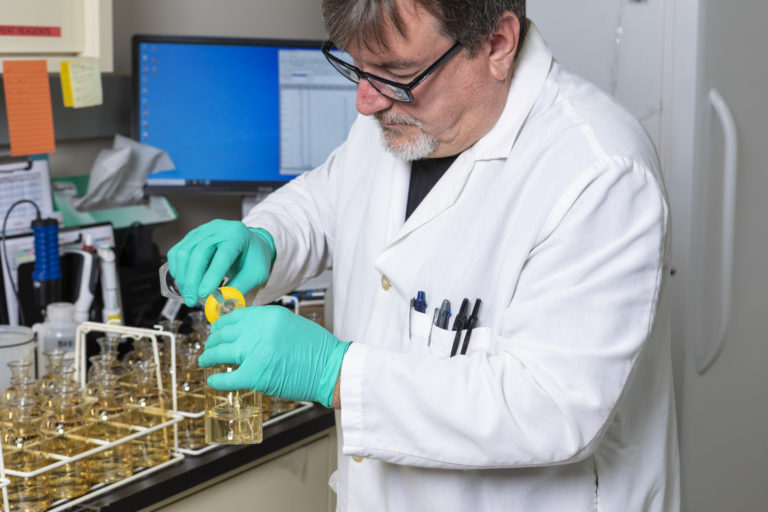
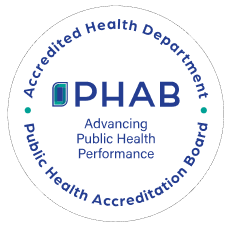
As the population in Tulsa County grew, so did the demand for health services. The department expanded our services to provide a broad range of services aimed at promoting healthy behaviors; preventing diseases and injuries; ensuring access to safe food, clean water, and life-saving immunizations; and preparing for and responding to public health emergencies in Tulsa County, ensuring a broad range of services to meet diverse community needs.
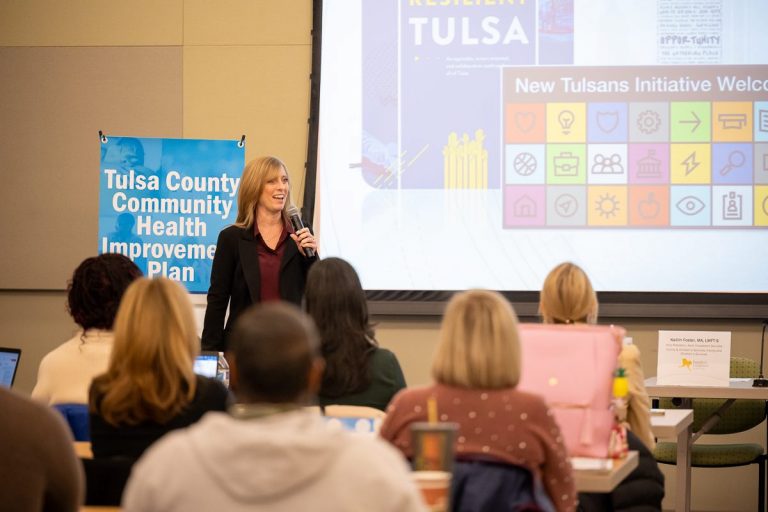

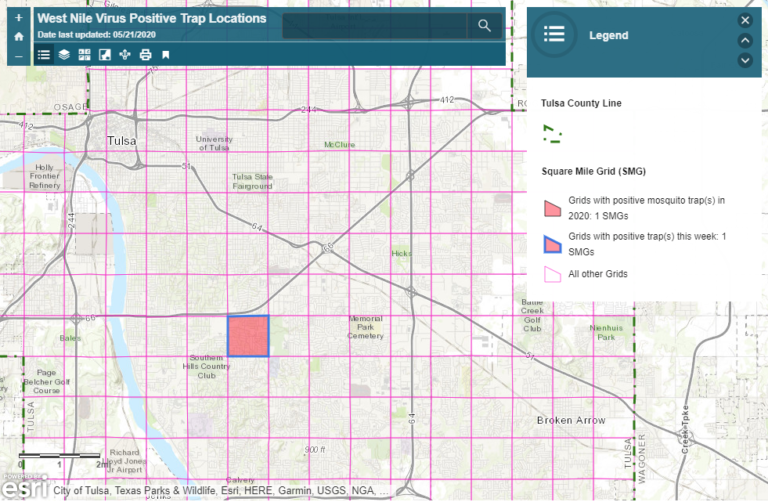
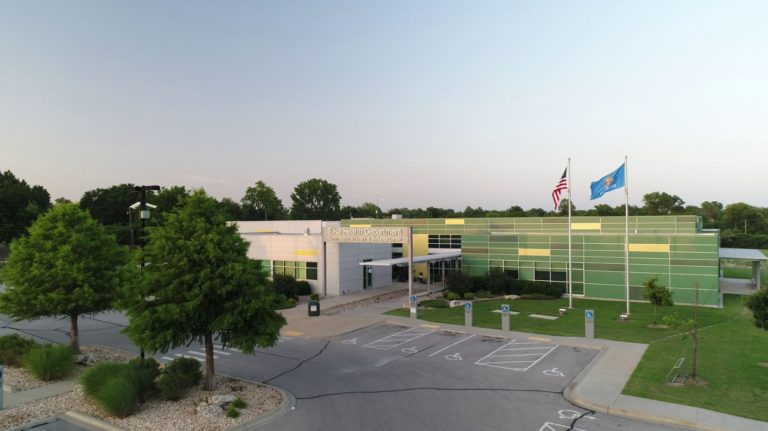
As public health expanded, education and outreach programs were launched to inform the public about health risks, hygiene and preventive care. The department became involved in school health services offering age-appropriate health and reproductive health education for students in Tulsa County area public schools. Thanks to local efforts by the Personal Responsibility Education Program (PREP) and other valuable community partners, the teen birth rate in Oklahoma decreased by 56% in 2010-2020. No other health issues has had this level of success during the same time period.
Beyond infectious disease control, THD has played an active role in promoting environmental health. Efforts have included addressing water quality, safe and healthy housing and food safety, all critical aspects of maintaining a healthy community.
Over the years, THD has been involved in numerous innovative programs. For example, the department has implemented cutting-edge disease surveillance systems, public health campaigns (such as Don’t Bug Me) and in-home nursing services.
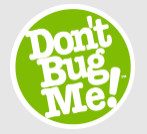
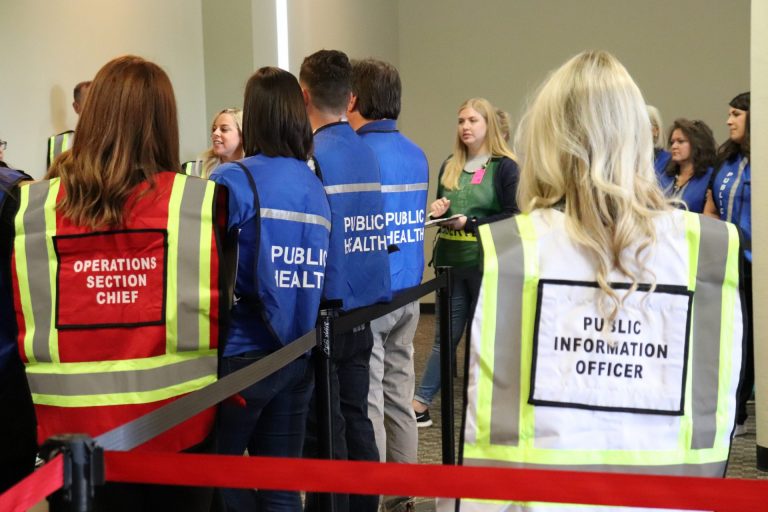

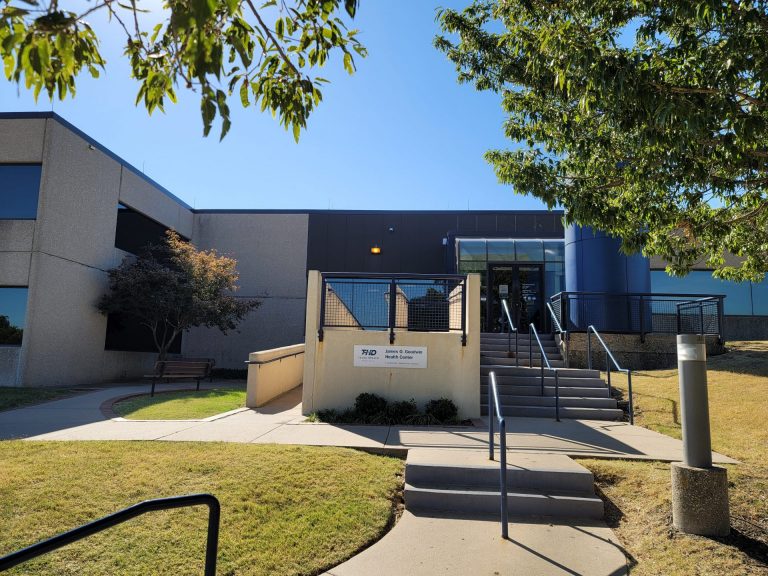

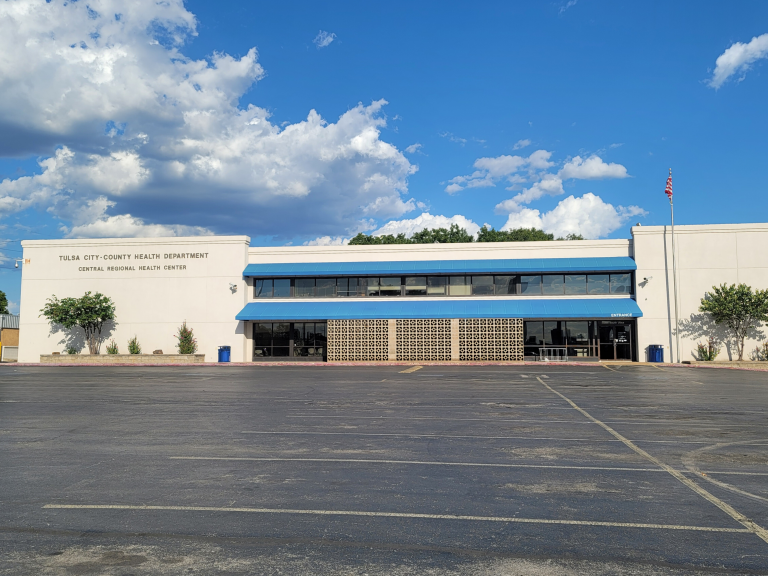
In the 1980s, as the department grew, there was a greater emphasis on maternal and child health. Programs were developed to provide healthcare to pregnant women and children, as well as educational programs about nutrition, vaccination and child development.

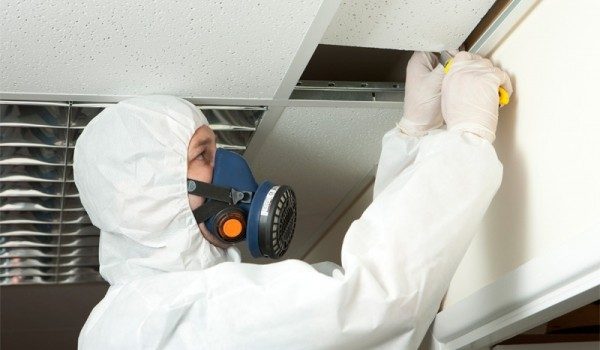
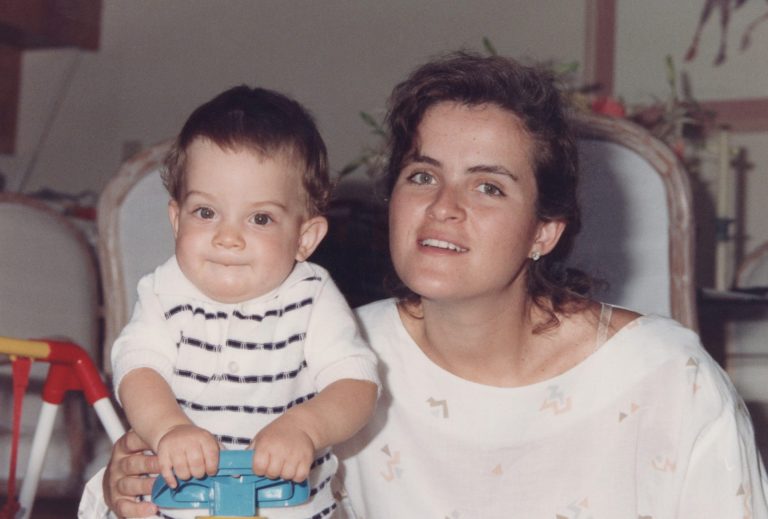
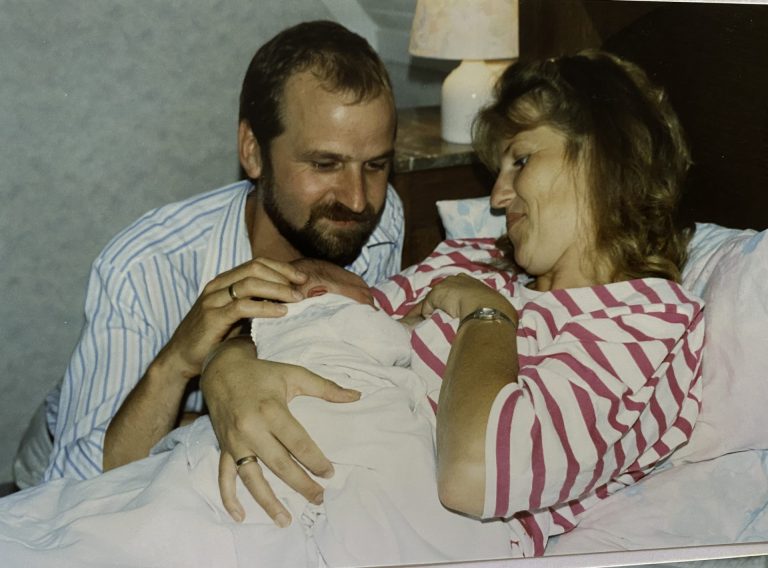
The Tulsa County Public Health Association had been a key partner of the TCCHD, especially in providing nursing services. Over time, their nurses worked closely with TCCHD nurses and were housed in the same building. The Public Health Association focused on home visits, while the TCCHD handled traditional public health services. The Public Health Association had its own Board of Directors and was mainly funded by the United Way. Eventually, the Public Health Association’s nursing staff separated from the TCCHD and became the Visiting Nurse Association of Tulsa.
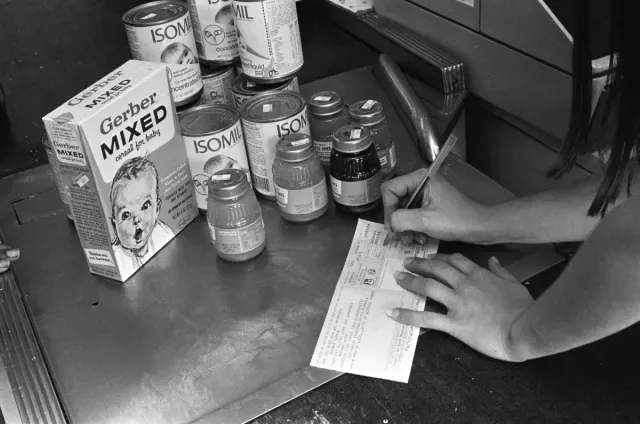

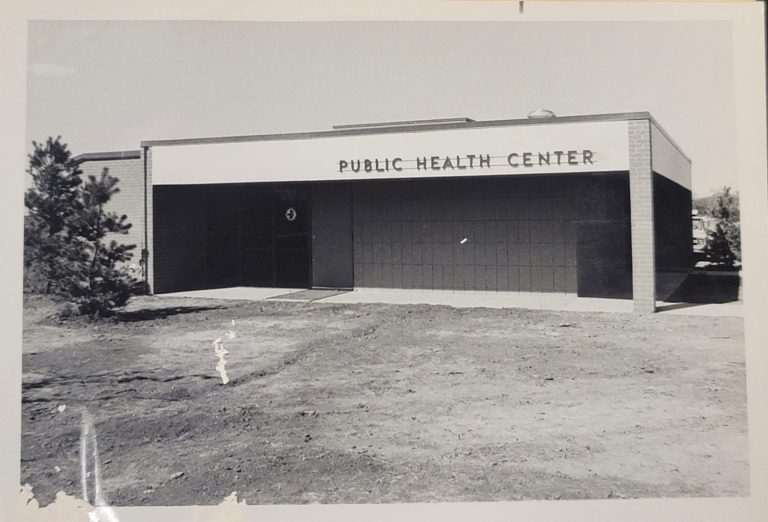
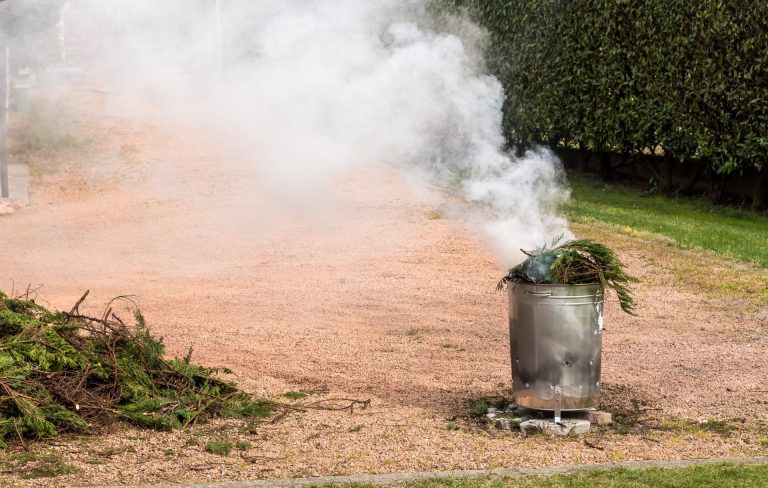
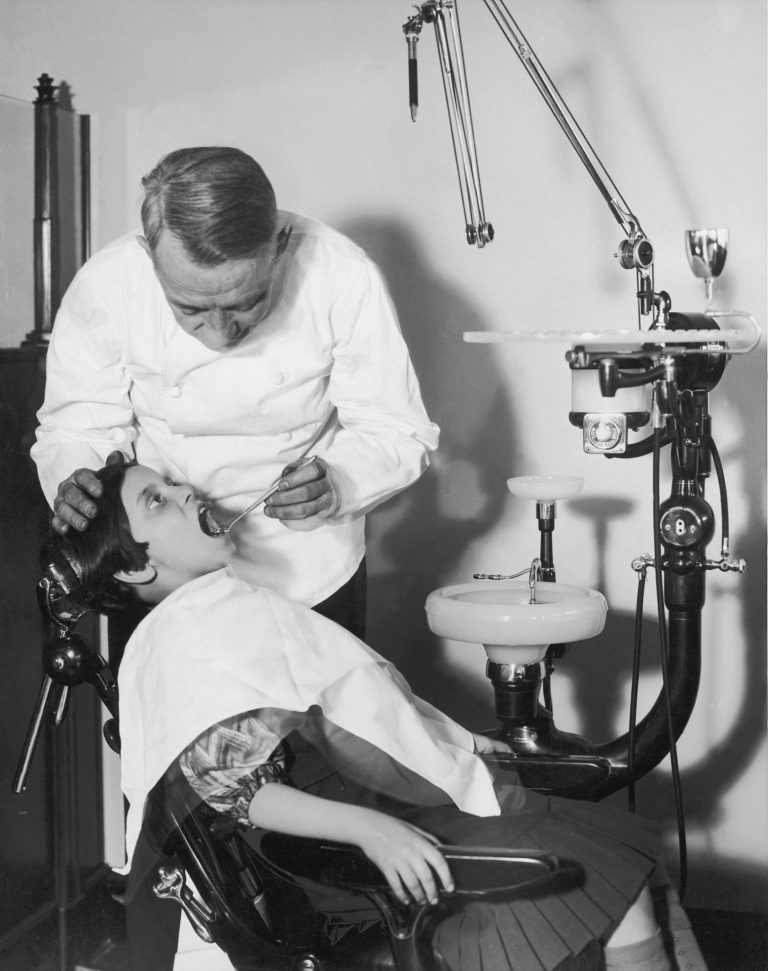
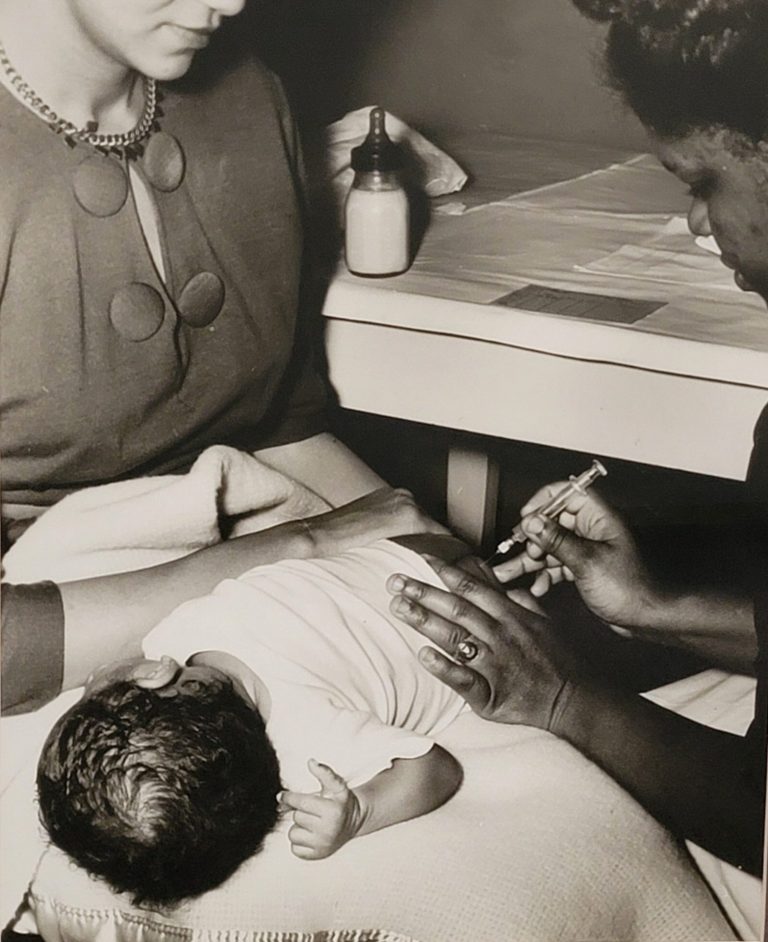
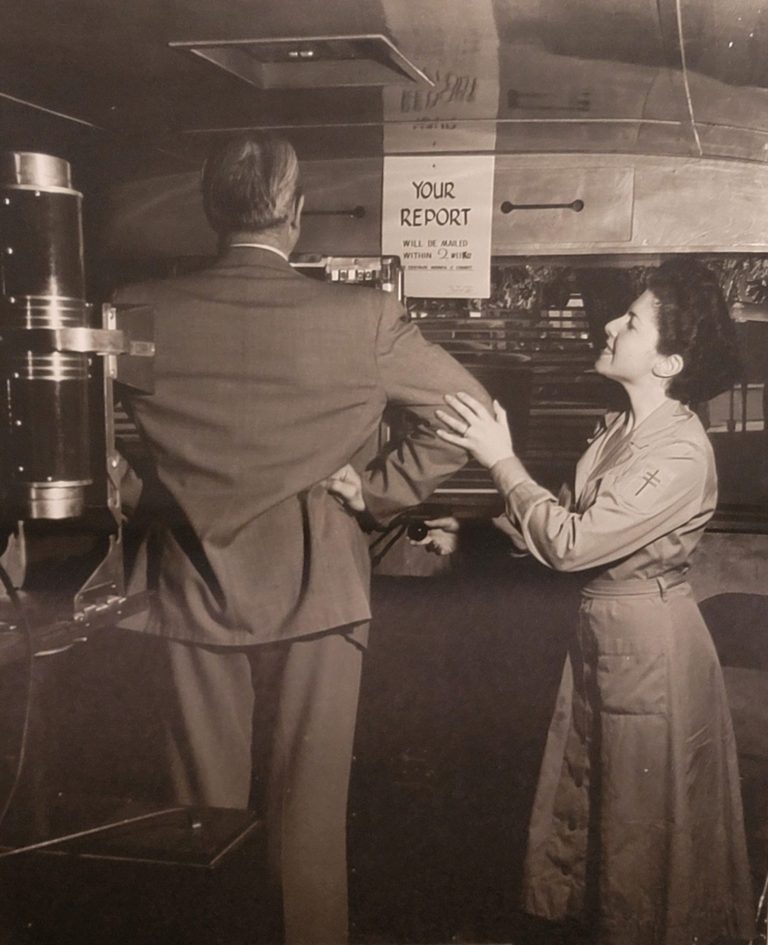
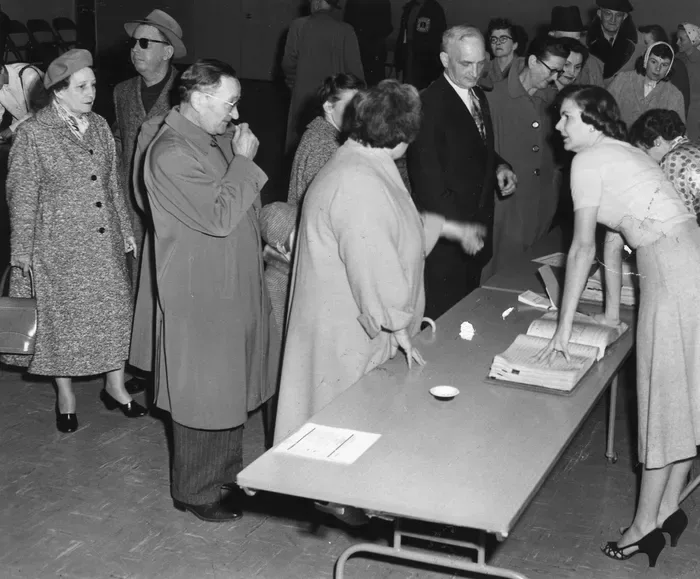

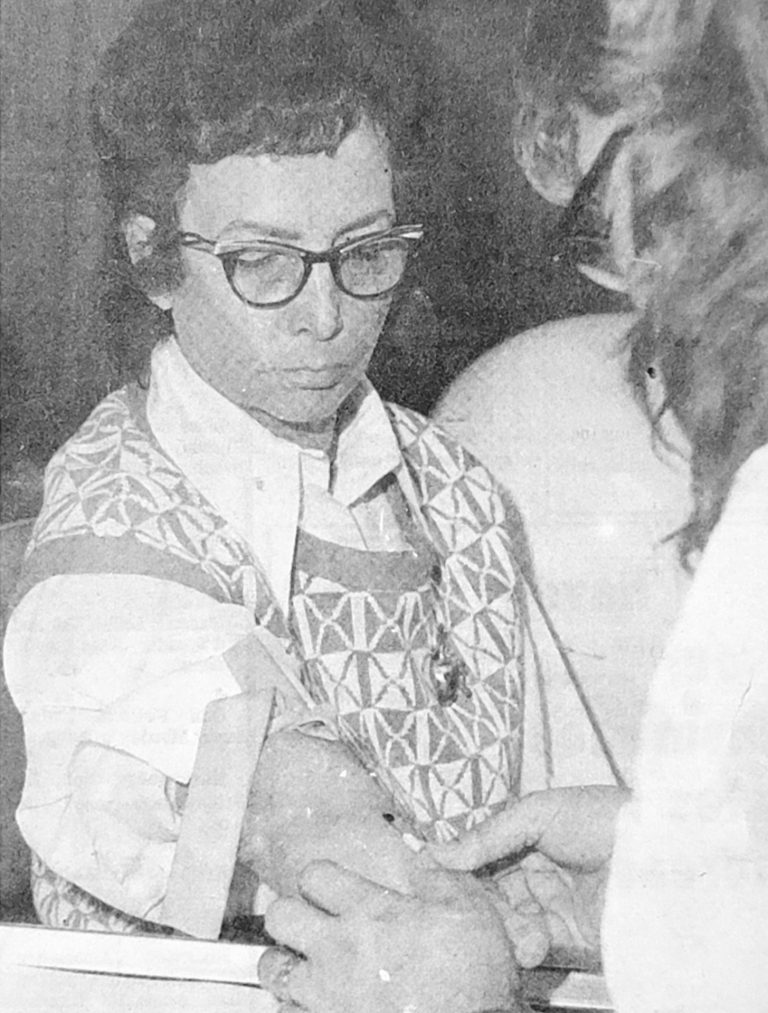
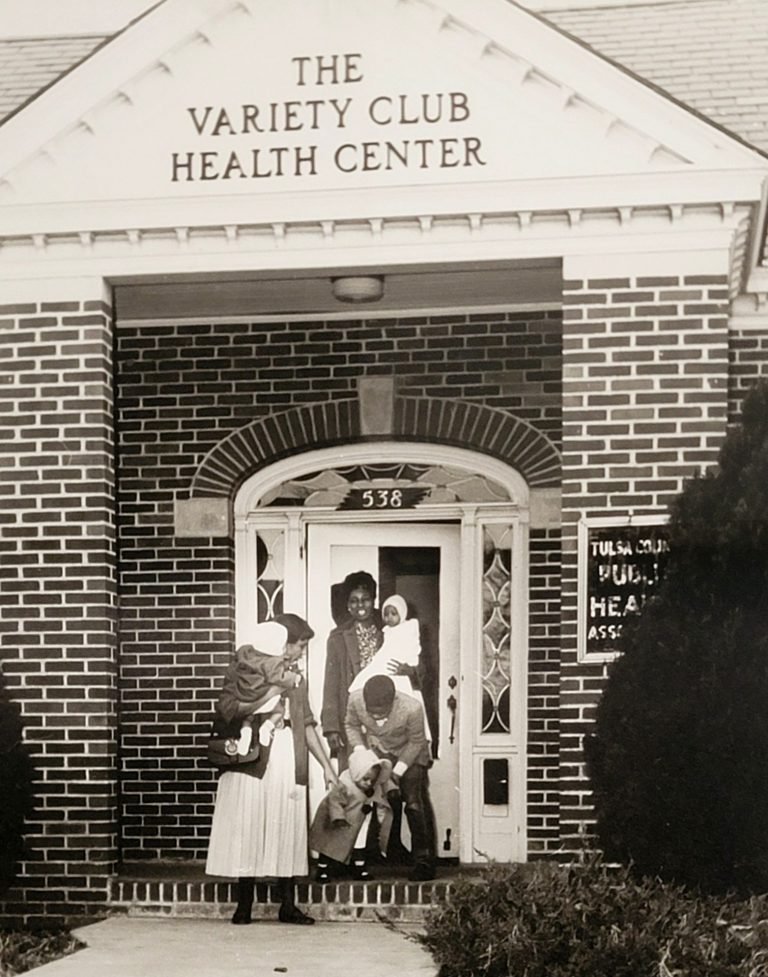
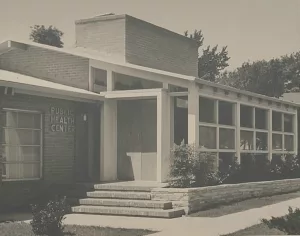
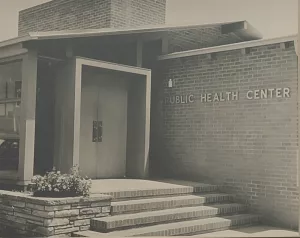
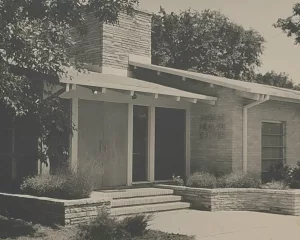
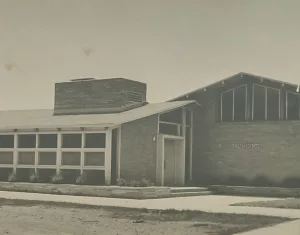
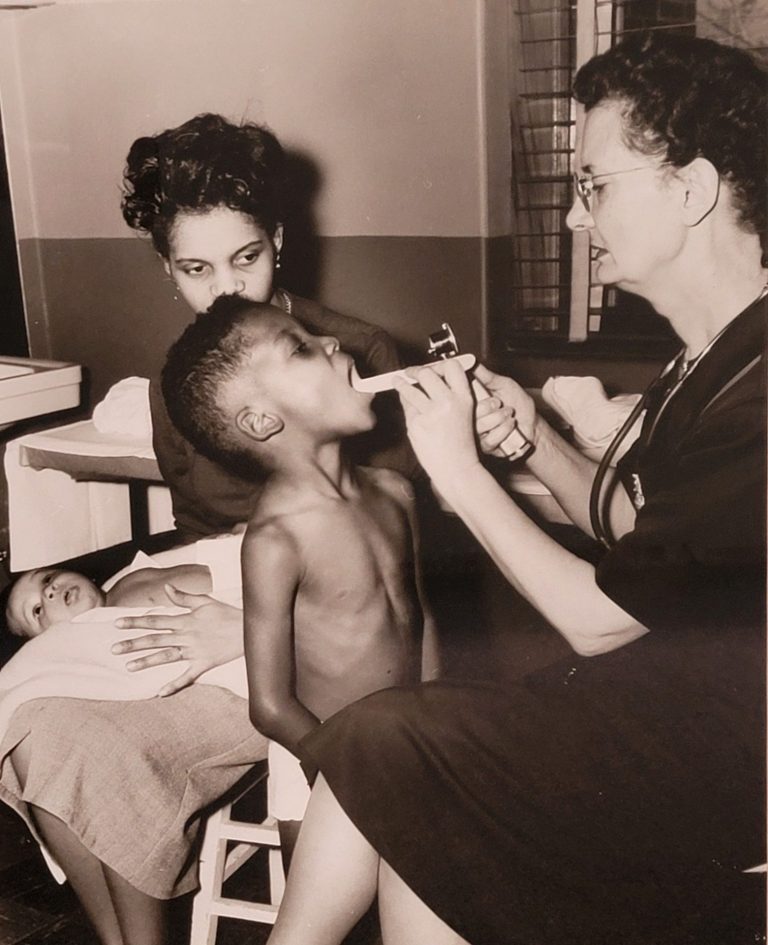
In 1950, the health department listed the following locations:
Public health services in Tulsa County were provided by several different organizations. The county health department took care of public health in areas outside the city of Tulsa, while the city health department focused on the city itself. Some services were also provided by the now Oklahoma State Department of Health (OSDH).
One notable report from 1920 was written by Mrs. T.H. Sturgeon, who was sent by OSDH to inspect and improve environmental conditions. Her report showed her determination and effectiveness, while also revealing the public health challenges of the time.
Another important group was the Tulsa Public Health Association, which offered public health nursing services and tuberculosis control. This group also helped start the Tuberculosis Association, which later became the Lung Association and the Heart Association.
Other notable Oklahoma public health dates include:
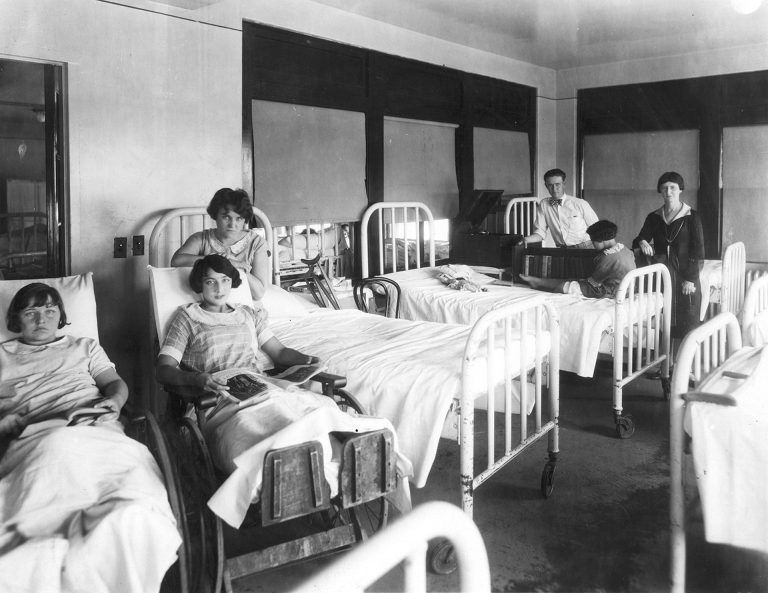
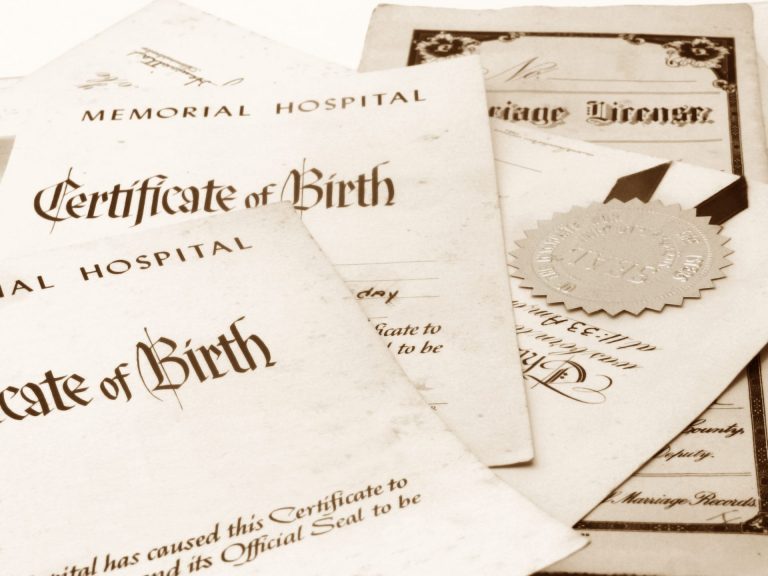
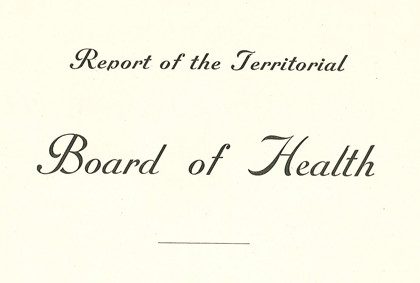
We have 9 locations across Tulsa County that offer a variety of services to help you and your family stay healthy.